 |
Reviewed by Sean Hert |
 |
At first glance, this book's title might be considered misleading. Waterline Warships: An Illustrated Masterclass is not a collection of waterline warship photos, nor does it focus on 1/700 scale warships, the most common "waterline" scale. Instead, this 128-page hardback is a walkthrough the scratchbuilding of the 1/192 waterline model of a Ca class destroyer, HMS Caesar.
The author, Philip Reed, is a well-known modelmaker and author, whose focus has been primarily wooden hulled sailing ships. This volume, his 3rd book, and his first book to venture in the world of steel-hulled navy models.
Book Contents
- Introduction
- The Ship: HMS Caesar 1944
- The Workshop, Tools, and Materials
- Paints
- Building the HMS Caesar 1944
- Hull and Decks
- The Bridge
- The Funnel
- The Mast
- The Armament
- The 4.5in Guns
- The Hazemayer Bofors
- The Oerlikons
- The Torpedo Tubes
- Boats and Rafts
- Depth Charges, Searchlights and Ventilators
- The Sea
- Final Assembly
- Model Gallery
- Material and Tools
- Sources & Bibliography
After the author's Introduction, he talks about the ship, HMS Ceasar, and then a walkthrough of his workshop and tools. Nothing really groundbreaking here, but what modeler doesn't enjoy tools? I found the small section on paints- not more than a paragraph really- disappointing. The largest section of the book, dealing with the actual build, is not laid out in a step-by-step process. Rather, it is grouped by assemblies- a organization type which makes since, given the large number of fittings and techniques used.
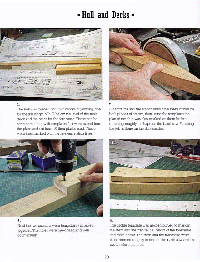 |
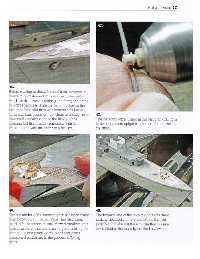 |
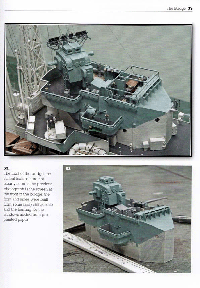 |
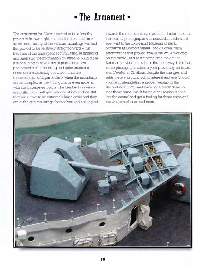 |
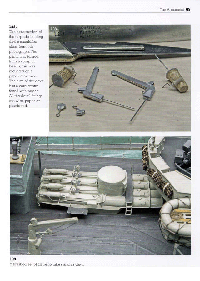 |
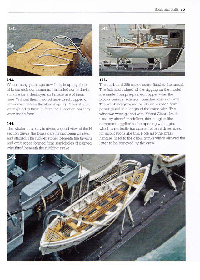 |
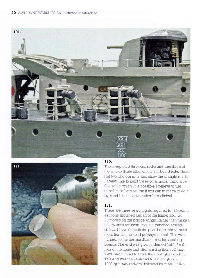 |
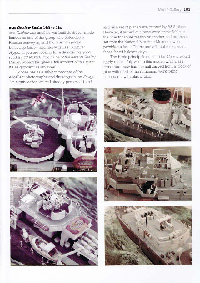 |
Each section discusses some of the techniques used to construct the featured assembly. I would have liked to have seen Reed discuss the "bread and butter" method of constructing a hull a little more in-depth, as this method of hull construction isn't as common as it once was; newer modelers might find some extra guidance useful.
Throughout the sections, his use of rotary burrs and stationary drills as lathes was interesting. While using a burr to remove excess material might be difficult for a 1/700 scratch builder, it is something to be considered by some of the larger scale builders out there. I'll leave the discussion of the suitability of a rotary motor tool for a ship modeler for another time.
One material commonly used on Caesar that may be more familiar to European modelers than to those in North America, is paper. The various places and ways the author used paper products to enhance this project was certainly something to consider for future projects.
The seascape for the waterline diorama base was particularly fascinating. Philip Reed creates his seascape from the wood of the base itself, using hand chisels and the previously mentioned burrs. It was one of the more unique and informative sections to this work. However, I found the lack of painting steps a little unexpected; perhaps the author doesn't feel this is an area in which he excels.
I enjoyed this book, and the techniques shown by the author really help to shed some light on the process of scratchbuilding. Sometimes it is easy to forget that while the finished product, be it a gun and mount, a searchlight or a simple capstan, started out as some basic shapes- and had some dodgy moments along the way. This volume should prove useful to those who model in all scales; whether as a skill and technique enhancer, or strictly as inspiration to go forward on that next project.
Waterline Warships: An Illustrated Masterclass by Philip Reed is available direct from the publisher, Seaforth Publishing (an imprint of Pen and Sword books), Amazon.com US and UK, and the Naval Institute Press (800-233-8764). Prices vary.
 |
